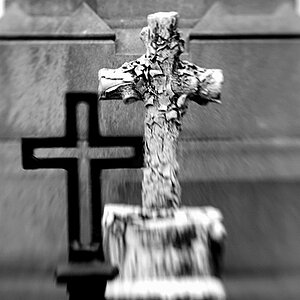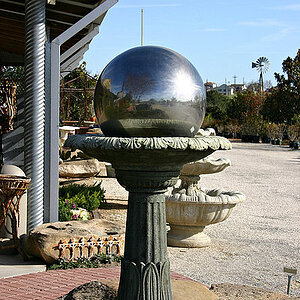CTurner
TPF Noob!
- Joined
- Aug 1, 2011
- Messages
- 1
- Reaction score
- 0
- Location
- Spokane, Washington`
- Can others edit my Photos
- Photos NOT OK to edit
I'm a first year college student and have worked in a darkroom for a few years at my highschool, but I've never been the one to mix - or buy - the chemicals myself.
I shoot Kodak TMAX 400, use ilford RC VC satin and pearl paper - as well as ilford VC fiber paper - and have purchased Kodak powdered D-76 developer.
I mixed the powder and have 1 gallon of developer. It says to use 1:1 to develop film. So I now mix equal parts developer and water, correct?
So that developer is only for film. I've heard I can mix 1:3 for "working solution".
Is this the developer I use for paper?
I've heard there is supposed to be different developers to do film and paper. If you could link me to the best developers for this set-up, it would be great.
I'm not one to "experiment" with different darkroom / photo processing techniques and just want to find a developer / film / paper combo I can rely on and don't need to change.
Cheers,
Cole
I shoot Kodak TMAX 400, use ilford RC VC satin and pearl paper - as well as ilford VC fiber paper - and have purchased Kodak powdered D-76 developer.
I mixed the powder and have 1 gallon of developer. It says to use 1:1 to develop film. So I now mix equal parts developer and water, correct?
So that developer is only for film. I've heard I can mix 1:3 for "working solution".
Is this the developer I use for paper?
I've heard there is supposed to be different developers to do film and paper. If you could link me to the best developers for this set-up, it would be great.
I'm not one to "experiment" with different darkroom / photo processing techniques and just want to find a developer / film / paper combo I can rely on and don't need to change.
Cheers,
Cole


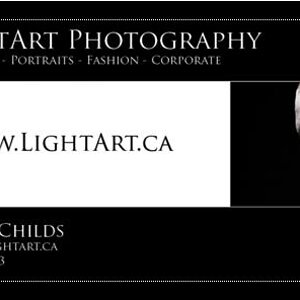

![[No title]](/data/xfmg/thumbnail/36/36600-689bc868e20f53581a083c9054ee0e47.jpg?1619737641)
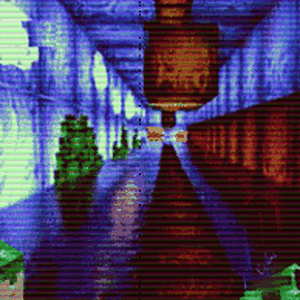
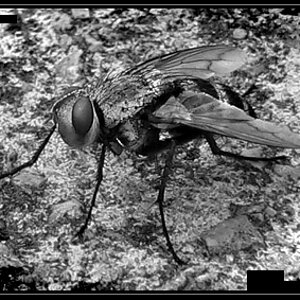
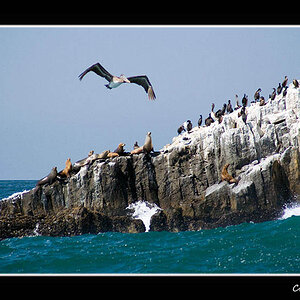

![[No title]](/data/xfmg/thumbnail/33/33337-23549254ce2ac92ac5cb86ac0366633f.jpg?1619735908)


